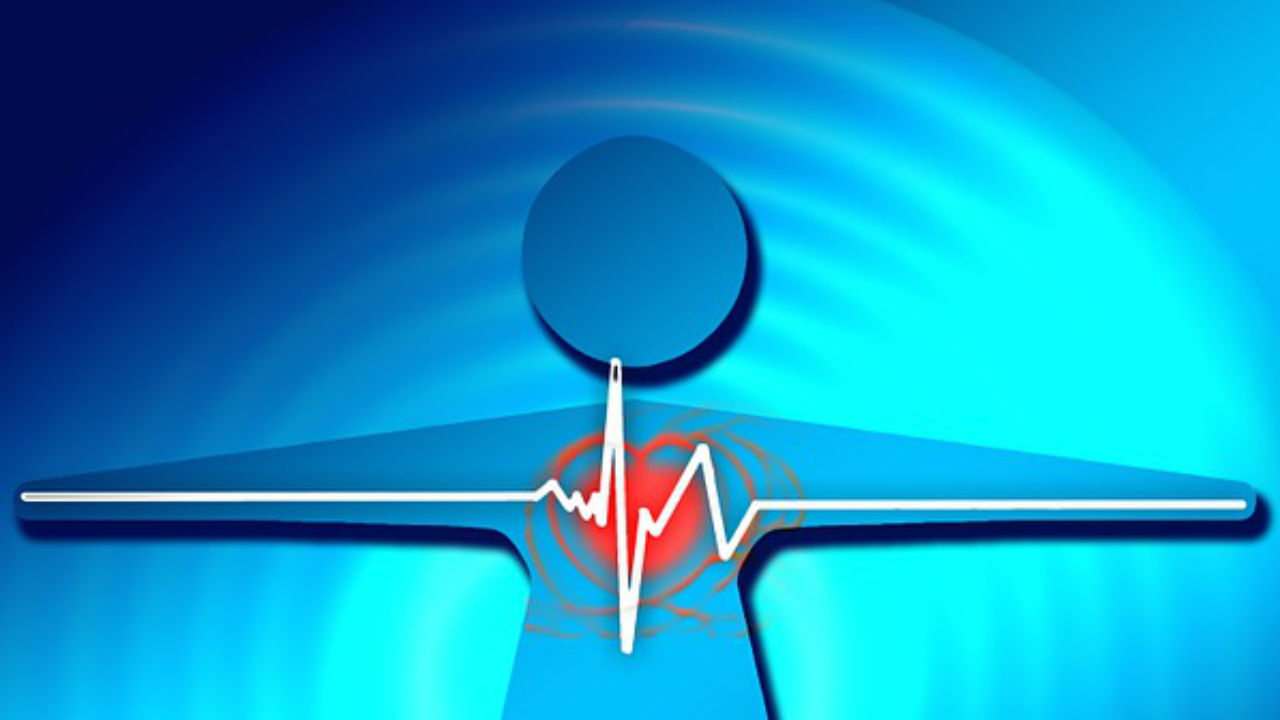Much of the information available on Hypoxic Ischemic Encephalopathy is scholarly and complex. Let's try to simplify things and make this subject easier to grasp.
"Hypoxic" means the oxygen supply is insufficient. Low blood oxygen can lead to altitude sickness. The blood's decreased ability to carry oxygen causes anemia. Low blood flow can eventually result in atherosclerosis, or in sudden onset, shock. In a case of poisoning, cells are prevented from using oxygen.
"Ischemic" refers to the blood supply being restricted due to a problem with the blood vessels. Blood carrying oxygen, glucose and other essential elements doesn't get where it needs to go, and wastes in the blood aren't being carried away, so the wastes build up. This causes tissue damage.
"Encephalopathy" indicates dysfunction in the brain from a variety of causes. The brain may be injured by trauma, or may be affected by disease in the body.
Hypoxic Ischemic Encephalopathy (HIE) means, then, that the brain has been unable to get sufficient oxygen in its blood supply. This term is frequently used concerning newborns, but can also refer to any injury brought about by inadequate oxygen.
The brain begins to experience cell death if it goes without enough oxygen for five minutes.
When the individual can't breathe for too long a time, HIE is the outcome. This can happen as a result of choking, strangling, drowning, smoke inhalation, or trauma to the trachea (windpipe).
Diseases that paralyze the lungs or the diaphragm, like Guillain-Barre syndrome or myasthenia gravis, can lead to oxygen deprivation. It can also be a consequence of respiratory failure, which means that oxygen or carbon dioxide levels in the arteries cannot be properly maintained.
Poisoning from carbon monoxide, cyanide, or a drug overdose, or adverse reactions to anesthesia during surgery can cause HIE. So can complications in childbirth, blood vessel blockages or ruptures, dangerously low blood pressure, or cardiac arrest.
Even in mild cases of hypoxic eschemic encephalopathy, the individual may have trouble concentrating and may exhibit poor judgment mentally and poor coordination physically. They may experience lethargy at one end of the spectrum, or euphoria at the other.
When damage is more severe, the individual may develop cerebral palsy, delayed physical development, mental retardation and seizures. They can become comatose. They may no longer respond visually to light, or may even have stopped breathing. In the most extreme cases, HIE can result in death.
Resources:
Respiratory System/Pulmonary Anatomy
http://www.pulmonologychannel.com/anatomy.shtml
Hypoxic-Ischemic Encephalopathy
http://emedicine.medscape.com/article/973501-overview
Ischemia and Stroke
http://www.neuropathologyweb.org/chapter2/chapter2aHIE.html
BioMedSearch: severe neonatal hypoxic-ischemic encephalopathy
http://www.biomedsearch.com/nih/Late-measures-microstructural-alterations-in/19505567.html
NYU: Hypoxic Ischemic Encephalopathy
http://www.med.nyu.edu/patientcare/library/article.html?ChunkIID=230598
Visit Jody's website and blog at http://www.ncubator.ca and http://ncubator.ca/blogger






Add a CommentComments
There are no comments yet. Be the first one and get the conversation started!